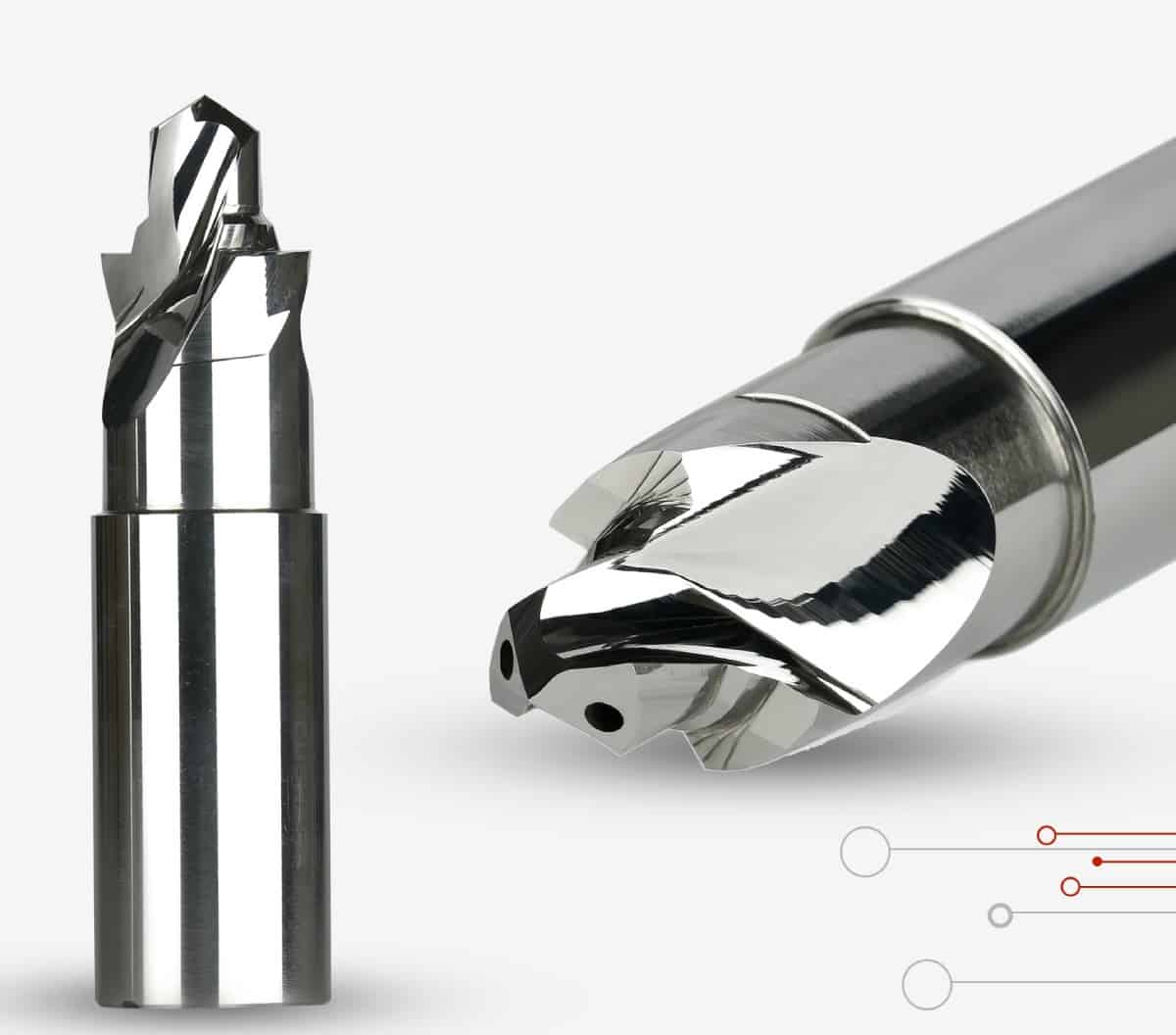The cutting tool industry is a critical part of machining and is of great importance when it comes to enhancing sustainability. These tools, designed for precision engineering across various sectors, are often underutilized, leading to significant waste. However, addressing the underutilization of cutting tools and improving their sustainability can be challenging due to the lack of reliable support. In this blog, we explore how cutting tool manufacturers are adopting eco-friendly materials and sustainable manufacturing processes to reduce their environmental footprint and meet sustainability goals.
The Challenge of Underutilization:
Normally, cutting tools are underused, resulting in substantial waste. This underutilization not only leads to a waste of resources but also increases machining costs. In the process of mining, forging, rolling, smelting, and machining cutting tools, valuable rare metals such as tungsten, chromium, molybdenum, vanadium, and cobalt are consumed. The production of cutting tools involves significant mineral resources and energy usage. Therefore, making cutting tools more durable and capable is essential for saving costs, resources, and energy.
The Problem
To avoid issues such as poor surface quality, shock, and vibration caused by overusing cutting tools, they are typically underused, leading to a significant waste of their potential. Studies have shown that only 50% to 80% of cutting tool life is rationally utilized. This underuse not only reduces the life of cutting tools but also increases machining costs and results in a significant waste of cutting tool utilization.
Sustainable Solutions
To address these challenges, cutting tool manufacturers like Accusharp are actively embracing sustainability measures that are transforming the industry.
Here are some key initiatives and practices that are being adopted:
- Eco-Friendly Materials:
- Manufacturers are actively seeking alternative materials that are eco-friendly. This includes exploring recycled and reclaimed materials and sourcing from ethical suppliers. By shifting towards sustainable materials, they aim to reduce the negative environmental impact related to traditional mining and production processes.
- Recycling and Circular Economy:
- Manufacturers are investing in the development of closed-loop systems, allowing customers to return used tools for refurbishment or recycling. This approach minimizes waste and reduces the environmental impact.
- Lean Manufacturing and Reduced Waste:
- Lean manufacturing principles are being adopted to reduce waste and improve energy efficiency in production processes. Streamlining operations not only lowers the environmental impact but also results in cost savings.
- Energy-Efficient Technologies:
- Innovations in production technologies are enabling cutting tool manufacturers to optimize energy usage. Advanced coating techniques are being adopted to enhance tool performance, reducing the need for excessive cutting speeds and feeds.
- Sustainable Packaging and Transportation:
- Manufacturers are also reevaluating their packaging and transportation methods. They are moving towards eco-friendly packaging materials and optimizing shipping logistics to reduce carbon emissions.
- Certification and Compliance:
- Many cutting tool manufacturers are voluntarily pursuing eco-friendly certifications and adhering to industry-specific environmental standards. This not only demonstrates their commitment to sustainability but also helps customers make informed choices.
Shaping a Greener Future
The transformation of the cutting tool industry towards sustainability is not only a necessity but a powerful testament to the industry’s commitment to reducing its environmental footprint. By adopting eco-friendly materials, recycling, lean manufacturing, energy efficiency, sustainable packaging, and education, cutting tool manufacturers are making significant strides toward a more sustainable and environmentally responsible future. As the demand for sustainable solutions is constantly growing, the industry is poised to play a pivotal role in shaping a greener, cleaner and more sustainable future for precision engineering.


